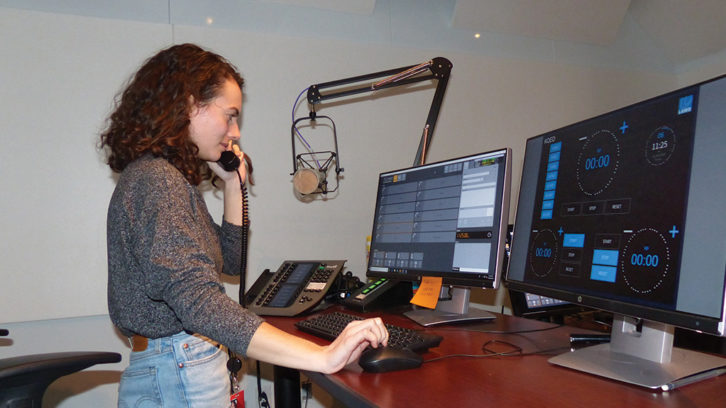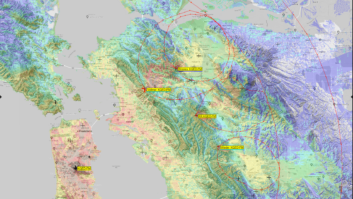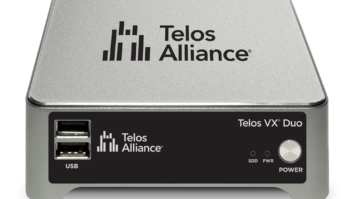SAN FRANCISCO — KQED(FM) recently began a project to remodel and expand our studios in San Francisco. The plan is two-phase. The first was to move the station’s operations to a temporary facility, followed by a transition back to our newly remodeled original complex.

I created an initial plan so that the system could be configured well in advance of our move. Then the team at the Telos Alliance took my plan, checked that it made sense from a technical standpoint and added a few important modifications to achieve a modern and highly reliable on-air telephone system, one befitting a 24-hour news and information operation that is often the number one station in the San Francisco market.
Good hardware with a good plan is still lacking without good implementation. To this end, we also opted for on-site configuration and training by Telos Alliance Support, and the experience that we received from team member Shaun Dolan was above and beyond helpful. Many configuration pieces of the VXE system had to be worked out on-site, such as the network configuration using non-Cisco switches for the phones and programming the Asterisk server and VXE for the new SIP trunk.
The new SIP trunk provided by TPx had a few temporary numbers — actual KQED numbers would not be available until the studio moved. With Shaun’s help we were able to preprogram all of the numbers we would eventually be using. At cutover time, the training I received came in handy. I set up a VSet-12 phone at my workbench and pre-programmed multiple “shows” to include all of the numbers expected in the SIP trunk. As TPx moved the numbers one at a time, I was able to test them immediately. Some of the numbers didn’t work, and thanks to my training I knew where to look for problems and make the necessary corrections to a few typos that I had made during the process. All the talk show lines, including the toll-free number, worked as expected. I believe the SIP trunk provider, TPx, was pleasantly surprised at how quickly the KQED cutover went.
Programming the VXe system phones to work with the many studios and shows is a breeze. The lines are displayed clearly on the phones, and the users easily can understand which lines are available for different purposes. We set up the VXe system to flash a light in the control rooms instead of using the ringer. This ensures that the studio engineers never miss a call due to the ringer being turned off.
Our talk show people learned how to operate the new phones much more quickly than I expected. They are happy with the new phones operation and information filled displays, as well as the overall quality of the VSets. They were used to the old Telos producer/talent software, but quickly came to like the Broadcast Bionics xScreen software. They especially like that, through xScreen, they can see how many times someone has called into the show. They know the show is really popular when the regular callers are crowded out by a bunch of new callers. Broadcast Bionics worked with KQED to optimize xScreen for our needs. We really appreciated their willingness to listen to our suggestions for their product and improve it for our needs. The transition to the new studio was so smooth, our listeners and callers were unaware that anything had changed.
People are now used to the new equipment and work flows at our new studio location. But of course, this new location is only temporary while the old studio complex facility is being fully remodeled and expanded.
Early 2020 we start the planning for reconstructing the newly rebuilt facility. For the move back I expect we will get another new VXe and Asterisk phone system and make the one we are using today a backup in a fully redundant system. After our last experience, I’m sure we will get Telos back out for another configuration.
For information, contact Cam Eicher at The Telos Alliance in Ohio at 1-216-241-7225 or visit www.telosalliance.com.







